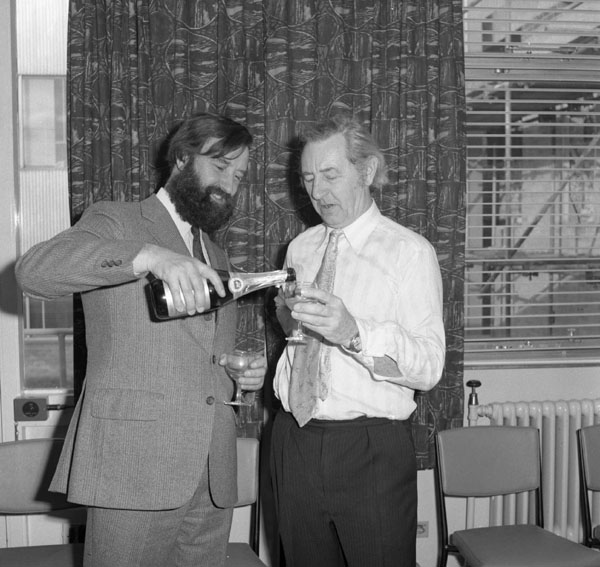

You can see limestone country at its best in the green Yorkshire Dales, a patchwork panorama of high fell and pasture, dramatic crags and cascading waterfalls, criss-crossed by dry stone walls and dotted with ancient villages.
A sense of space and solitude marks the North York Moors where ridge upon ridge of heather moorland roll into the purple distance. The deep secret valleys which cut the plateau come almost as a surprise and the warmth of their dreaming red-roofed villages gives pleasing contrast to the upland solitude.
Different yet again are the vistas of the wild Penine hill country where moorland and mill towns weave a special harmony. Here are the landscapes which inspired the Brontes and their home, Haworth, remains little changed. Last of the Summer Wine viewers will recognise Holmfirth whose moors climb on up into the Peak District National Park.
Not all our treasured landscapes are high and wild. Remote Holderness and the gentle vales of Pickering and York beckon to be explored and the flowering lanes and unspoilt villages of the Yorkshire Wolds and Howardian Hills are quiet corners of deepest rural England.
Many visitors are unaware that the Yorkshire Dales are essentially a managed landscape. While the major land-forms were created millions of years ago, the distinctive character of the Dales is largely due to man's intervention. A succession of settlers left their mark on the land - by clearing woodland, building villages and roads, cultivating crops and later building barns and walls which are such a feature of the area. Though few crops grow successfully on the uplands, the lush valley grass provides ideal grazing. Dairy and mixed-stock farming predominate in the lower dales; the high fells are left to the Swaledale sheep.
The Yorkshire Dales provide archaeologists with an abundance of riches. The Romans drove their ruler-straight roads across the fells. The Angles, Danes and Norsemen came in their turn and the story of their settlements can still be read today in the evocative names of places and natural features.
The Middle Ages brought the Normans, who built castles and created hunting forests. Monks from the great abbeys farmed vast estates; they were the first to make cheese in Wensleydale and bred the hardy hill sheep on the inhospitable fells. While we tend to think of the Yorkshire dales as a farming community, lead-mining was an important industry throughout the North Pennines until late last century.
The typical dales landscape of dry stone walls and field barns came about gradually, as land-owners enclosed the open fells for their livestock. the landscape is always changing, and the Dales people of today are part of this changing pattern.
I am sorry not to be able to tell you the name of the author of that passage. I should like to add a few words of my own. I have been very honoured by Jim Hailstone in asking me to read the two pieces on the Lakes and the Yorkshire Dales today. They were undoubtedly favourite areas of England for Jack Howlett.
Some of you may know that I first met Dr Howlett when I was invited to Harwell on a bright autumn day of 1948 to learn directly from him something of the work of the Computing Group of the Theoretical Physics Division there. I count myself very lucky to have joined that group in December 1948. Between then and Jack Howlett's retirement as director of the Atlas Computer Laboratory in August 1975, I worked almost continuously under his direction. I can therefore vouch wholeheartedly for what has ben said about his achievements by Bill Morton concerning his time at Harwell and about those as Director of the Atlas Computer Laboratory by Bob Churchhouse and Jim Hailstone this afternoon. For me he was the kindest and most inspirational boss I could ever have wished to work for. It bears repeating that he was a fine and very able mathematician. In spite of these and many other of his qualities, I have a more abiding memory of Jack Howlett which I cherish. He is that rare epitome of a highly cultured gentleman. I think that the world is very much poorer for his passing.
